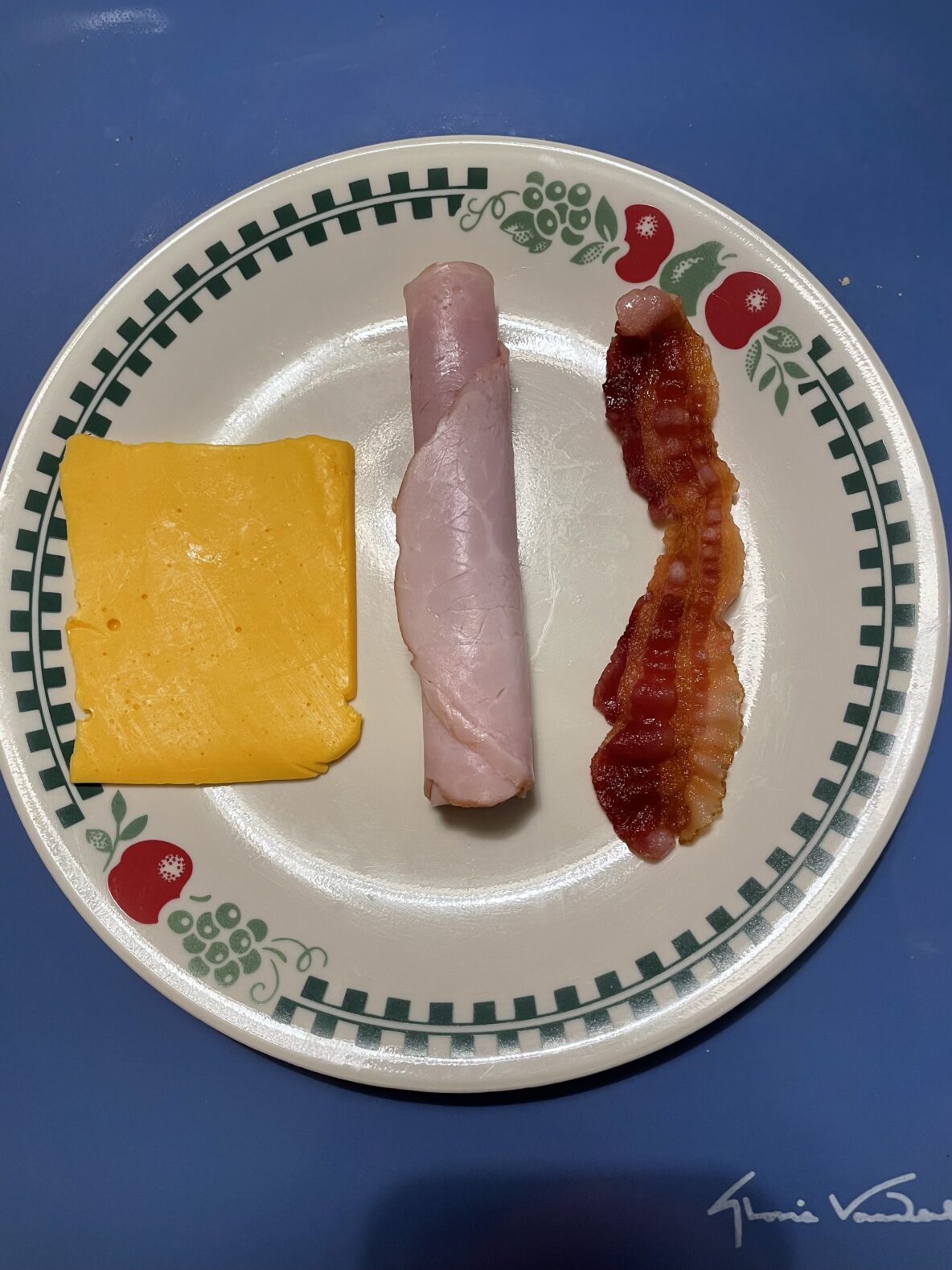Get good foods to test
For training, we want a food that a cat will work for. They will only be getting a few pea-sized pieces per training session, so we don’t have to think “health food”. As long as it isn’t harmful, it’s fine. You can start with commercial treats if you’d like. They are easier to work with, since they can go in your pocket. And they have a long shelf life. I find that many cats are very motivated by freeze-dried liver. Foods to consider include baby food meats, boiled chicken, bacon, cheese, or ham. Just be sure there is NO onion or garlic in these, as onion and garlic are poisonous to cats.
Do a paired treat test
Round one
- Put two treats on the floor in front of the cat. He only eats one? That is the winner of this round!
- If the cat eats both, note which he eats first and test again.
- He eats the same one first? That is the winner!
- The cat ate the other one this time? Test again.
- If the cat ate neither, test two different treats.
Round two
- Place the winner of Round 1 next to another treat. Determine the winner with the same procedure discussed above.
If you don’t have a clear winner, wait until tomorrow to test again.
The next day
If the cat is not enthusiastically eating one of the treats from Round one or two, continue the paired tests of new treats tomorrow. You need to find one that he eats immediately. Sometimes we need more than one or two days to test, to ensure the cat is not satiated from the previous tests.
You will use the winning treat (or treats) for training. If you are training more than one behavior it’s nice to have more than one well-loved treat, so that each behavior can have a unique reward. And remember, training treats are never given outside of training.
If you want to read more about training, check out my blog on harness training.
Patience Fisher owns Patience for Cats LLC, a cat behavior business based in Pittsburgh, PA. She is Associate Certified by the International Association of Animal Behavior Consultants. She holds a Bachelor’s in Biology, a Diploma of Feline Behavior Science Technology, and is a certified veterinary assistant. Check out her humorous YouTube video at her Patience for Cats channel. Visit her on Facebook at Patience for Cats.

